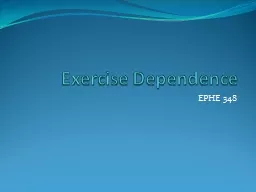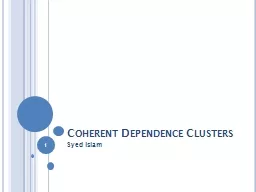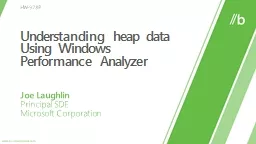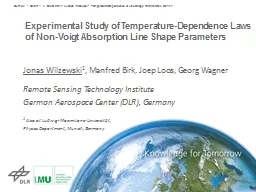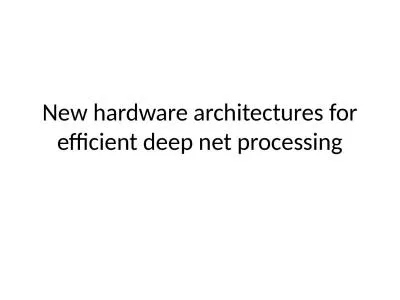PPT-Memory Allocations for Tiled Uniform Dependence Programs
Author : pamella-moone | Published Date : 2016-07-28
Tomofumi Yuki and Sanjay Rajopadhye Parametric Tiling Series of advances Perfect loop nests Renganarayanan2007 Imperfectly nested loops Hartono2009 Kim2009
Presentation Embed Code
Download Presentation
Download Presentation The PPT/PDF document "Memory Allocations for Tiled Uniform Dep..." is the property of its rightful owner. Permission is granted to download and print the materials on this website for personal, non-commercial use only, and to display it on your personal computer provided you do not modify the materials and that you retain all copyright notices contained in the materials. By downloading content from our website, you accept the terms of this agreement.
Memory Allocations for Tiled Uniform Dependence Programs: Transcript
Download Rules Of Document
"Memory Allocations for Tiled Uniform Dependence Programs"The content belongs to its owner. You may download and print it for personal use, without modification, and keep all copyright notices. By downloading, you agree to these terms.
Related Documents




